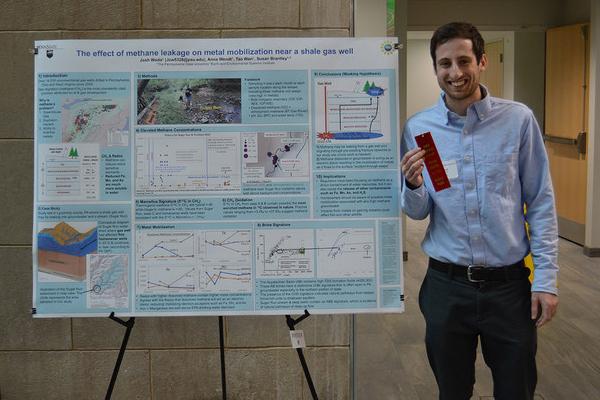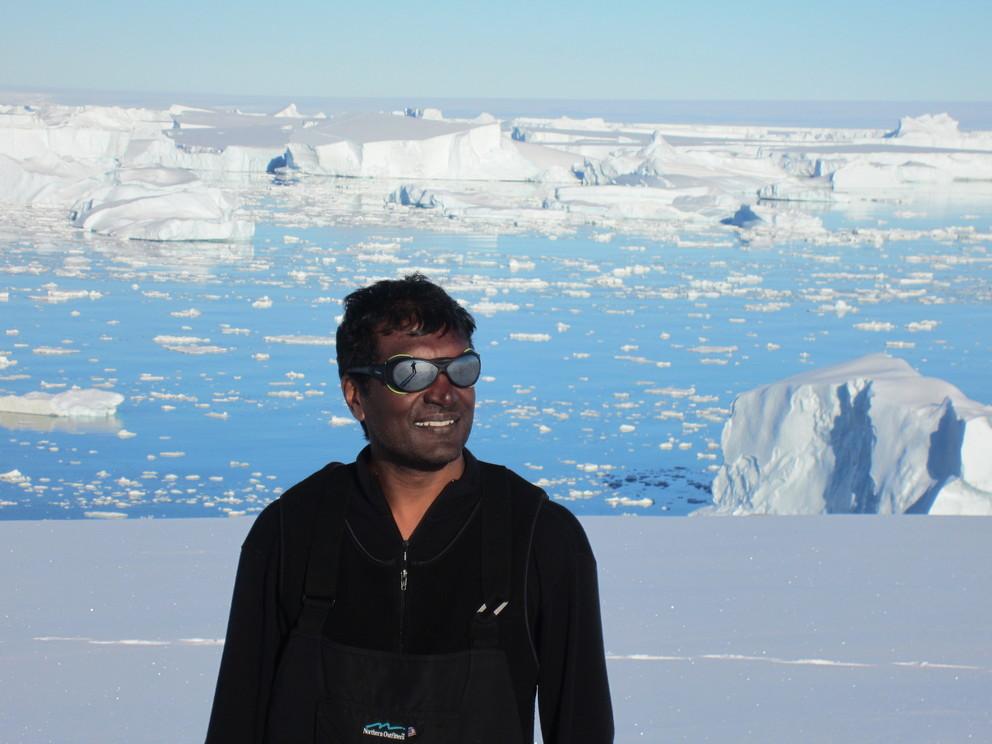Our graduate students have had a productive academic year! View the list of publications.
Congratulations to the following students who received awards and special recognition for their efforts in 2019-2020 and to the students who graduated.
As a glaciologist for over 30 years, Sridhar Anandakrishnan is well-used to social distancing. Professor of geosciences and a core member of Penn State’s Ice and Climate Exploration group, his field work in Antarctica and Greenland typically takes place in a small camp in the middle of a glacier, 1,000 miles from the closest neighbor. “For the most part,” he says, “it’s two to four people living out of a couple of tents for six to eight weeks. There’s some very particular skills one needs to navigate that kind of situation.”
Penn State researchers found that a common tool used to understand carbon dioxide fluxes, or how the gas moves between the atmosphere and ecosystems, may be overconfident because of uncertainties in the release of carbon dioxide by the combustion of fossil fuels.
High on the craggy cliffs of Oman's rocky desert landscape, Sarah Ivory squeezed into narrow, dark caves in search of a different kind of goldmine.
Ken Davis, professor of atmospheric and climate science at Penn State, will look at U.S. methane emissions, with a particular focus on the oil and gas industry, at the next EarthTalks seminar at 4 p.m. Monday, March 2, in 112 Walker Building.
The breadth of Penn State's research expertise surpasses that of any university in the country, according to the latest National Science Foundation rankings of Higher Education Research and Development (HERD) research expenditures by key fields and subfields, released in November 2019.
Richard Alley, Evan Pugh University Professor of Geosciences, will discuss how human-caused global warming is affecting ice sheets and impacting coastal communities at the next EarthTalks seminar at 4 p.m. Monday, Feb. 24, in 112 Walker Building.
Current carbon cycle models may underestimate the amount of carbon dioxide released from the soil during rainy seasons in temperate forests like those found in the northeast United States, according to Penn State researchers.
A new podcast that highlights the work of Penn State researchers and how their findings impact communities near and far is now available through central Pennsylvania's public media station.











